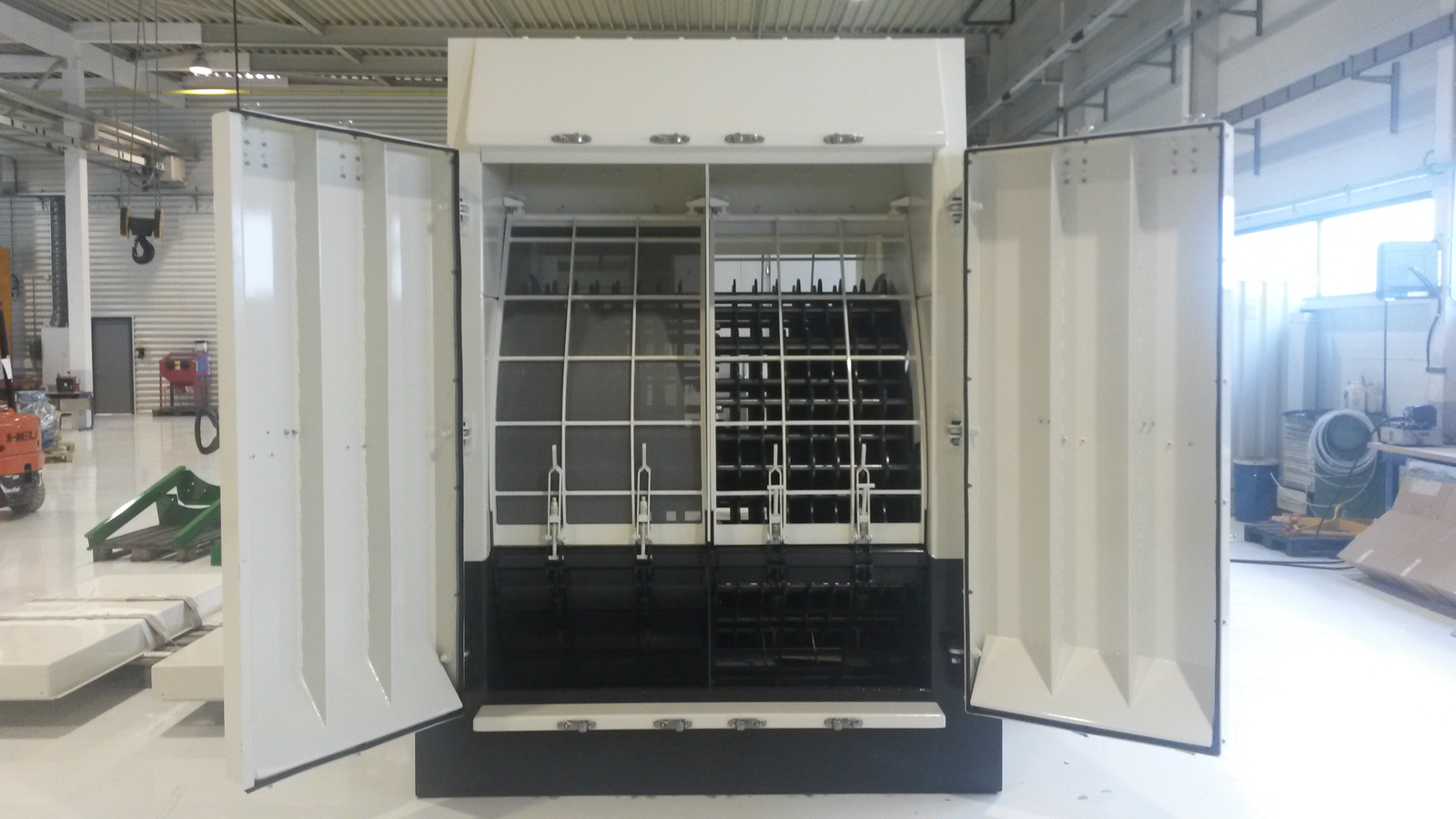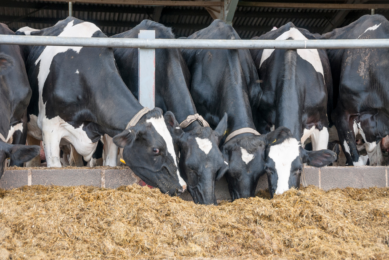Flexibility through oversizing

Better control of particle size. This can be achieved with the latest hammer mill, ?developed by CPM. The secret behind this? A large rotor, a low rpm, the use of eight screens with different diameters, and a total screen ?surface area of ??9.6 m2.
By Tessa Nederhoff
The latest hammer mill from CPM has no name yet, and is for the moment addressed with a number: HM 64×81. But these numbers reveal an important feature of the machine: an unusually large size. “When we develop a new machine, we want to incorporate a number of improvements. A higher capacity, greater convenience, energy savings and improved quality of the product. With our new hammer mill we have stepped up regarding all of these characteristics”, explains Paul Alderliefste, area sales manager at CPM Europe BV, based in Zaandam, the Netherlands.
More flexibility
One of the market trends that fuelled CPM to develop this new hammer mill, is the client’s requirement to have more flexibility. “Customers want to be able to process different raw materials, but do not always want to change all the screens. They also want better control of the particle size.
With a hammer mill, there are often too many coarse- and too many small particles. We want to reduce the large variation in particle size”, explains Alderliefste. Less variation in particle size is achieved, amongst others, by the addition of a large rotor, combined with a low rpm in the new hammer mill. The diameter of the rotor is 64 inches (Ø1625 mm) and has a rotational speed of 1,000 revolutions per minute. In addition, the machine has eight screens, instead of the usual two, with possibly different screen hole diameters. The total screen surface area has been increased from 4.8 m2 to 9.6 m2. “The rotational speed and air quantity applied provides an easy control. In addition, the screens are user friendly. The screen holders consist of two parts and work with a gas spring, which enables them to be changed easily and quickly by one person. This makes the variation in particle size much easier than before”, says Viktor Udink, lead design engineer at CPM Europe BV. According to Alderliefste, the flexibility is gained due to the large open area compared to the capacity. “The distance from the hammer to the screen is only 3 to 5 mm. As a result, the retention time of the particles in the hammer mill is low, which leads to better control of the particle sizes. “To ensure that the particles do not escape from the hammers, there are three positions at which the speed of the particles relative to the rotor will be reduced.

The easier particle size control and the high capacity that can be achieved, makes this new machine an important alternative for combined grinding with the aid of a rolling mill and hammer mill.
Installation advantage
The easier particle size control and the high capacity that can be achieved, makes this new machine an important alternative for combined grinding with the aid of a roller mill and hammer mill. The combined grinding with a hammer mill and roller mill, making use of screening technology, resulted in important energy savings and increase in capacity compared with the use of a hammer mill only. However, for the installation of such a combination, the feed plant needs a lot of height. Especially with existing plants the required height is often an issue. With the new hammer mill, the installation of a roller mill is not necessary. The investment remains, but the payback period of the hammer mill is shorter. The power consumption is actually lower, as well as the maintenance and operational costs, “according to Alderliefste. Even though the hammer mill, in this case, should take over the tasks of two machines, the capacity is not a problem as the capacity is twice as large, compared to a ‘normal’ hammer mill.
Lower costs
Due to the high capacity of the new hammer mill, investment costs can be reduced. “The number of production lines can be halved. And this obviously saves a lot of money”, says Alderliefste. Especially in countries where many new plants are being built, this will be an important argument for choosing the new hammer mill. In Western Europe, primarily the flexibility and lower operating costs are characteristics that will appeal to the feed mills. The lower costs are realised by an efficient- and energy saving production. The speed of 1,000 rpm is up to 30% lower than at conventional hammer mills. However, the larger diameter of the rotor ensures that the tip speed is the same as smaller mills.
In other words, the company has used a proven technology in a completely new machine. Consumption at the big hammer mill is between 6 and 8 kWh per ton, compared to a much higher consumption of conventional mills. The hammer mill is equipped with the best components, including the best available hammer. “In the feed industry, the hammer hardly wears. If the hammers still need to be replaced, this can be quickly done by using a special rack”, Udink explains.
Feed and biomass
CPM’s new large hammer mill can be used in the feed industry and biomass industry. In the compound feed industry, a capacity of 120 tons per hour can be achieved with the hammer mill, by installing a motor of 800 kW. In Western Europe, feed mills will often choose a smaller motor (355 kW), since the hammer mill will often not run at maximum capacity, but emphasis is placed on flexibility and energy savings. For the processing of biomass, the capacity is set at a maximum 20 tonnes per hour for fine grinding of biomass pellets, and about 40 tons per hour for grinding of sawdust and wood chips prior to pelleting.
Given the high capacity, the large hammer mill from CPM is not suitable for every company. The recommended minimum capacity is 10 ton per hour in the biomass industry and 60 ton per hour in the compound feed sector. Since this new hammer mill responds to different market trends, the company expects that the machine will be a great success. “It is a unique machine, which already has gained a lot of interest from the market,” concludes Alderliefste. “The large size allows for more flexibility and less undersized and over tails.”AAF
Data hammer mill
Outside dimension: 2300 mm x 2700 mm x 3000 mm
Rotor diameter: 64 inch (162 centimetre)
Maximum capacity: 120 tons per hour
Engine: 355/800 kW
Atex certified











